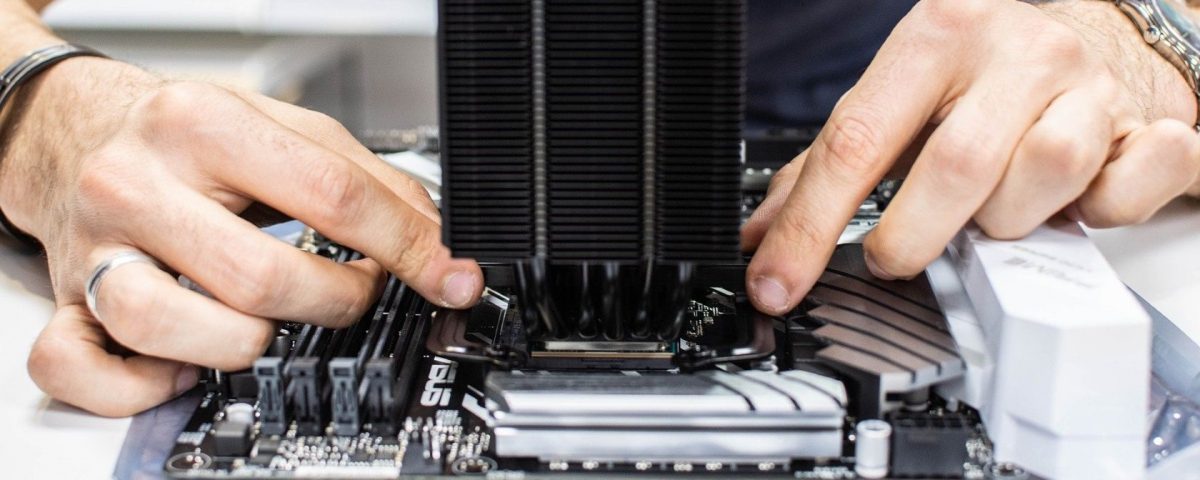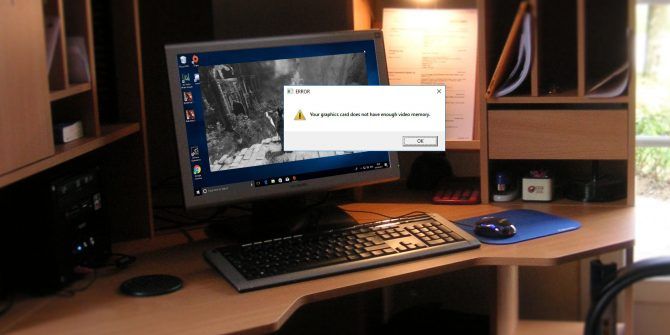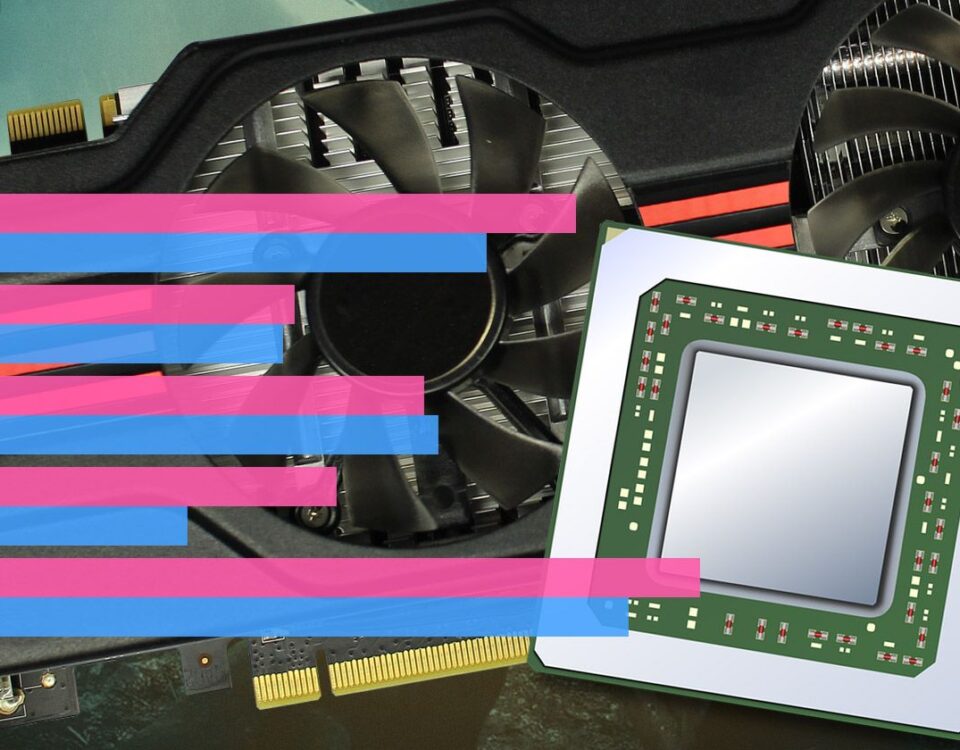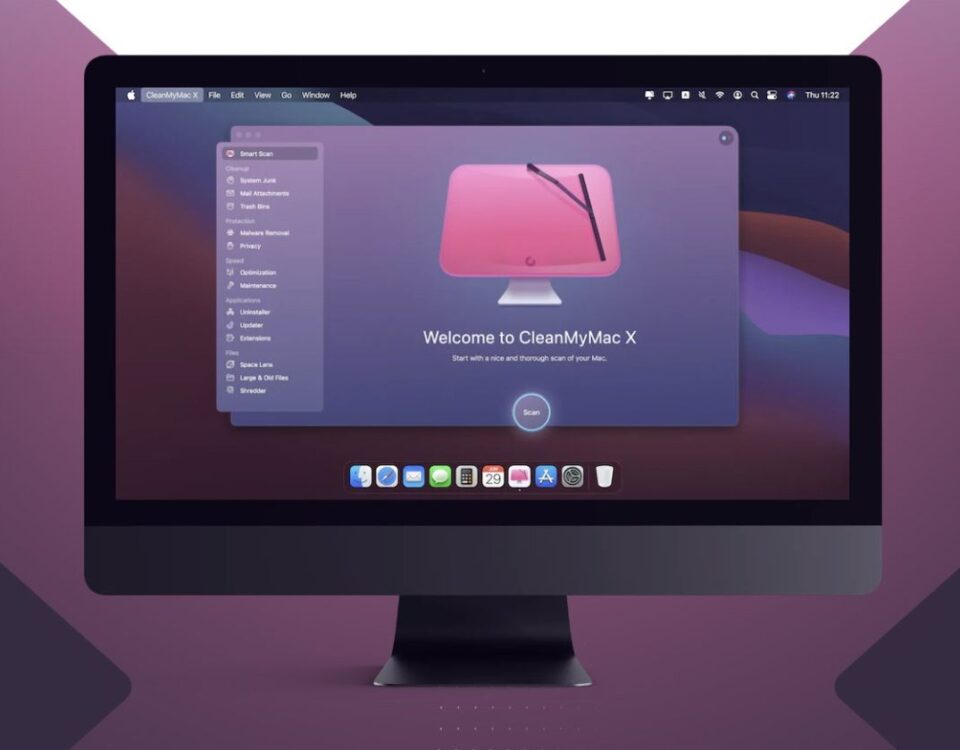
The Best Windows 10 Dark Themes for Your Eyes
20 mayo, 2021
How to Access and Customize the Windows 10 News and Interests Feed
20 mayo, 20218 Common PC Building Mistakes Beginners Make—and How to Avoid Them

8 Funciones comunes de PC Errores Los principiantes hacen
There are many mistakes first-timer PC builders make. Let’s take a look at eight of the most common PC building mistakes beginners make and some tips on avoiding them.
1. Buying Incompatible Parts
One of the most common PC building mistakes beginners make is choosing incompatible components. They may pair the wrong CPU or RAM with their motherboard.
For instance, pairing an Intel Core i7-79700K CPU with an LGA 1150 motherboard won’t work because both are incompatible. Instead, you should choose an LGA 1151 socket motherboard if you’re going with an Intel Core i7-79700K processor.
Furthermore, pairing a DDR3 RAM with a motherboard that only supports DDR4 is also a beginner mistake you can avoid if you use a website like PC Part Picker to pick your components or consult an expert PC builder before ordering the components.
2. Buying a Low-Quality and Cheap Power Supply
There’s a difference between buying an affordable power supply and buying a cheap and low-quality one. However, if you’re on a tight budget and the rest of your PC components aren’t particularly “power-hungry,” then it’s fine for you to spend a little less on your power supply.
One of the best ways to pick a power supply is to calculate how much power your components will consume roughly. For this, you can use a PSU calculator tool like the one that OuterVision offers.
Also, if you’re using PC Part Picker to build your PC, they give you a rough estimate of how much power your computer will consume and which power supply can accommodate all the components.
Another important thing is to check what your power supply’s +12v railing rating amperage is. This is where your graphics card will draw its power, which is the most power-hungry component of your PC. OuterVision’s CPU calculator will tell you this amperage rating.
After you’ve bought your power supply, to check if it’s a high-quality PSU or not, visit HardwareSecrets.com. They test out the most popular power supplies on the market and give you a review based on their thorough testing.
3. Not Building on a Large, Clear, and Safe Surface
The very first thing to do before you start building your PC is to find a large, clear, and safe space to work and assemble your PC. Any large table or desk will do.
While it is possible to build a computer in a smaller area, it isn’t necessarily the best option. There are a lot of cables, screws, and components you’ll need to keep close and organized so you don’t lose them when you actually need to fit them in.
Furthermore, avoid building on surfaces where there’s potential for static electricity. These include surfaces like carpets and rugs. If you have a table, there’s no need to worry about this step. Just make sure to place everything on the table itself, which is why you need a large-sized table for this process.
However, if you do not have a large table around or must build on a static conductive surface, you can use an electricity wristband to avoid a static charge. The Rosewill Antistatic Wrist Band is an affordable option that will make sure you don’t damage your components accidentally.
4. Forgetting to Install Standoff Screws
It does seem silly, but it also does happen occasionally. Forgetting to install the motherboard standoff screws can be disastrous for your PC build. These standoffs are there to keep your motherboard from coming in contact with the case and preventing it from shorting out.
If you forget to install these and turn on your computer, it may damage your components permanently.
5. Forgetting to Install the Motherboard I/O Shield
Another common beginner PC building mistake is that first-timers forget to install their motherboard’s I/O shield before installing the motherboard in place.
If you forget to install the I/O shield, you’ll have to unscrew and take everything apart, or unscrew your motherboard and GPU, and move it out of the way to install the I/O shield while everything else is still connected.
To avoid all this hassle, just make sure you install your I/O shield before screwing the motherboard into the case.
6. Installing the CPU Wrong
Some beginner PC builders who’ve never built a PC before may make this mistake. Installing your CPU can damage or even break its pins, depending on how much force you used while installing it.
Luckily, it’s really easy to know which direction to place and install your CPU. All processors will have markings on the CPU’s corners to let you know which part goes where on the motherboard. Once you find the marking, line it up with the marking on your motherboard’s CPU socket and carefully install the processor.
Watch the following video if you’re still unsure about installing your CPU.
7. Failing to Plug-In All the Cables
This is another common mistake among beginner first-time PC builders. If you fail to plug in all the cables, your system won’t turn on. To avoid this issue, make sure whenever you’re installing a component, you plug its cable into the motherboard.
If you think this will cause you trouble during the PC building process, note down all the installed components on a piece of paper and plug in all their cables in the end. If your system’s not turning on, make sure everything’s plugged in and seated correctly.
8. Applying Too Much Thermal Paste
If you’re not careful with your thermal paste installation, it can be pretty messy. Thermal paste installation is an art. If it’s too much, it can seep out and cause damage if you’re applying liquid metal. If it’s too little, your computer will overheat, and you might not realize that a lack of thermal paste is causing this.
Ideally, it’s said that you should place a drop of thermal paste the size of a rice grain in the middle of the back of your CPU, and when you install the heatsink, it should spread out nice and even.
There Are More Mistakes to Avoid!
These are not the only mistakes beginner PC builders make. In fact, as more and more PC hardware hits the market, beginners will keep on making new mistakes that need to be corrected.
Read Next
About The Author






